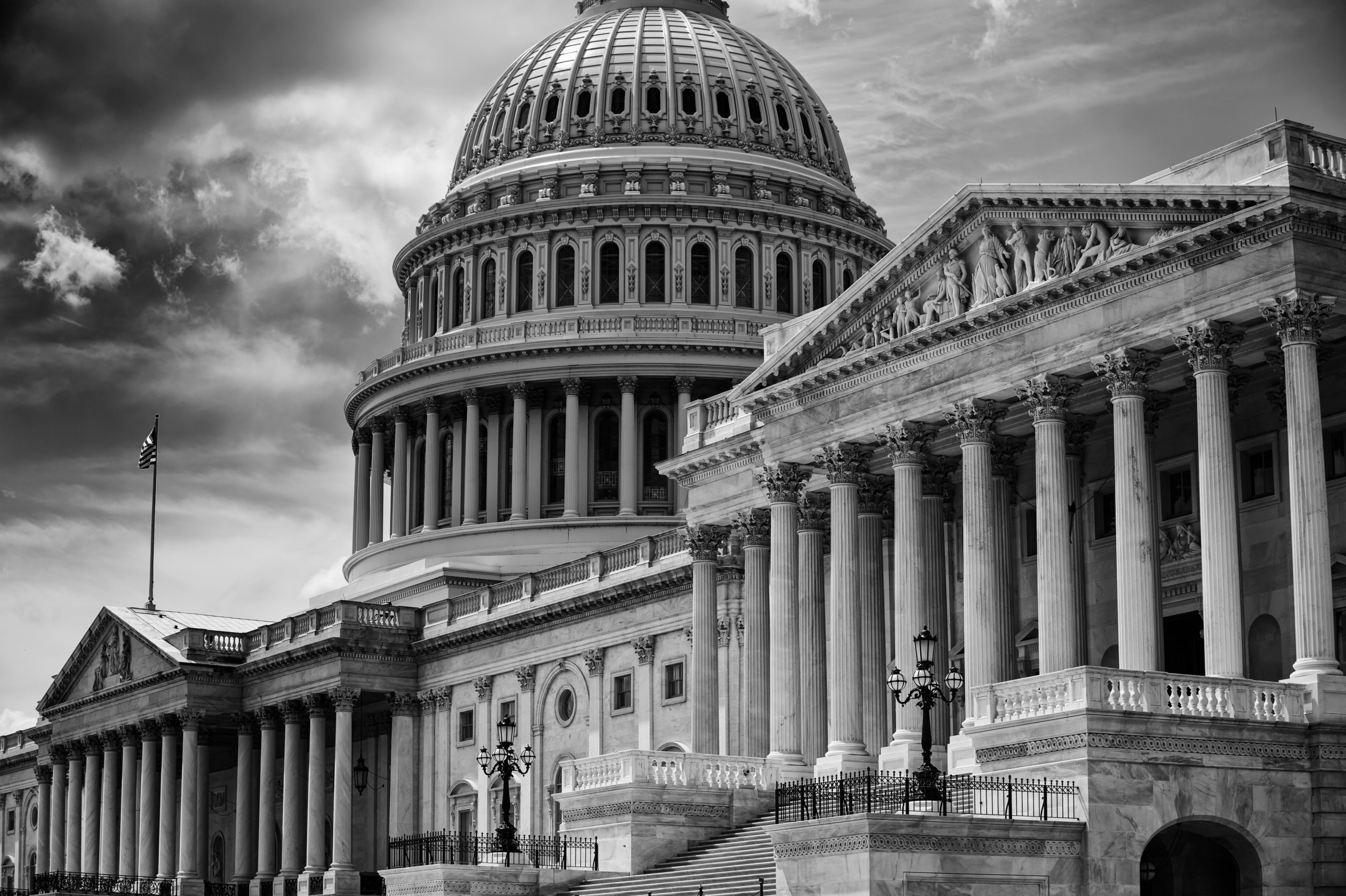June 27, 2022
House and Senate Committee-Approved NDAA Bills Boost FY23 DOD Topline


As the summer heats up, so does Congressional action on the Department of Defense’s (DOD) spending and policy priorities for the upcoming fiscal year (FY23). The House appropriators have been busy, and the Defense subcommittee revealed draft topline numbers and language for the FY23 spending bill on June 15 agreeing to a DOD total (minus the spending that takes place in the Military Construction bill) of $761 billion, equal to President Biden’s FY23 Budget. The Military Construction-Veterans Affairs subcommittee also marked up its bill and reports $15 billion for Military Construction, approximately $3 billion more than the Biden budget. The full committee then marked both the Military Construction bill and the Defense bills earlier this week and maintained sub committee-approved spending levels.
I am especially proud for the second year in a row, the committee almost unanimously voted to approve my amendment with the Chairman that would boost the defense budget – this year by $45 billion. Committee approval is the first step in a months-long process to establish defense funding levels and set policies for the Defense Department…
Senate Armed Services Committee Ranking Member Inhofe (R-OK)
When President Biden released his FY23 budget, FBIQ noted that it grossly underestimated inflation which has now risen to 8.6%. The House numbers do not take inflation into account either which means that the proposed topline of $776 billion (while a $19 billion nominal increase above FY22’s total spending level) represents a substantial real (inflation-adjusted) reduction in budgetary resources. Biden’s FY23 Budget assumes 2.3% inflation in FY23. Higher-than-projected FY23 inflation would require DOD to absorb added costs within its topline, forcing the department to either make significant reductions in operations at a time when operational tempo is recovering from the impacts of COVID while responding to the ongoing conditions in Ukraine or postponing modernization by raiding the investment accounts.


Chart 1. Source: House Appropriations – Prior to full Committee Markup
For these reasons, FBIQ expects President’ Biden’s FY23 Budget and the House appropriations DOD topline to represent the floor in negotiations on FY23 spending. The Senate appropriations bills won’t start moving until July due to disagreements on overall spending and the split between defense and non-defense.
The defense policy bill, the National Defense Authorization Act (NDAA), is also being marked up by the House and Senate Armed Services Committees. While the program authorizations in the NDAA are not appropriations, the Armed Services and Appropriations Committees are generally close in their final toplines and individual program levels because an authorization without an appropriation is what is known as hollow budget authority – or budget authority that can’t actually be obligated. For the past two years, the Armed Services Committees sent a strong bipartisan message that the topline proposed by the President and the House appropriators was too low. We suspect last year’s veto-proof margin was one of the factors prompting President Biden to propose a larger DOD increase in his FY23 Budget than the one he proposed in FY22.
This year the House NDAA topline is $810 billion which is $37 billion more than the Biden request and $34 billion more than the House Appropriations Committee topline. The Chairman’s mark for the bill reflected the lower level proposed by the President, but that level was increased by an amendment offered by Maine Democrat Jared Golden in markup that passed 42-17 which increased the authorization by $37 billion. The increase is for inflation, shipbuilding, and the procurement of aircraft.


Chart II. Source: House Appropriations Committee, House and Senate Armed Services Committees, FBIQ Analysis
The Senate Armed Services Committee (SASC) proposed an NDAA topline for DOD of $817 billion. This level was adopted on a 23-3 bipartisan vote. The $44 billion topline increase compared to the request is a recognition of inflation as well as authorizing additional security assistance to Ukraine. As Chart II indicates, even with the increase provided by the authorizers, the topline still results in a reduction in purchasing power due to inflation when compared with an inflated FY22. Using the latest inflation figures, the Department would need $822 billion in budget authority to be held at parity with the FY22 appropriated level.
All three of the bills support a 4.6 percent pay raise for service members. Biden’s FY23 Budget increases Research, Development, Test, and Evaluation (RDT&E) spending by 6% and the House appropriators push that increase up to 10% more than the enacted level. If inflation persists, these accounts are likely to become bill payers for operations similar to the trade-offs occurring now and during sequestration (FY13). In short, the “real” FY23 increases provided by Congress may be smaller-than-advertised.